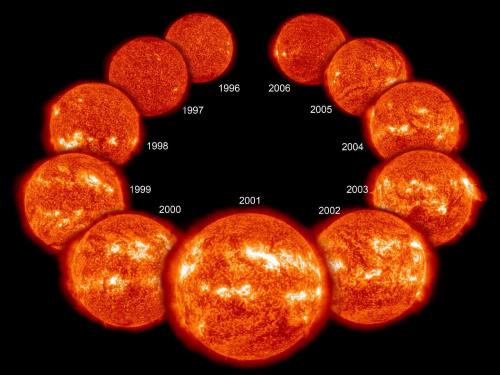
Astronomers identified a nearby star whose sunspot cycles appear to have stopped. Studying this star might help explain the unusual period from the mid 1600s to the early 1700s when our Sun paused its sunspot cycles.
The number of sunspots on our Sun typically ebbs and flows in a predictable 11-year cycle, but one unusual 70-year period when sunspots were incredibly rare has mystified s...
Read More









Recent Comments